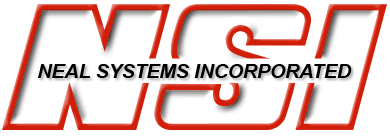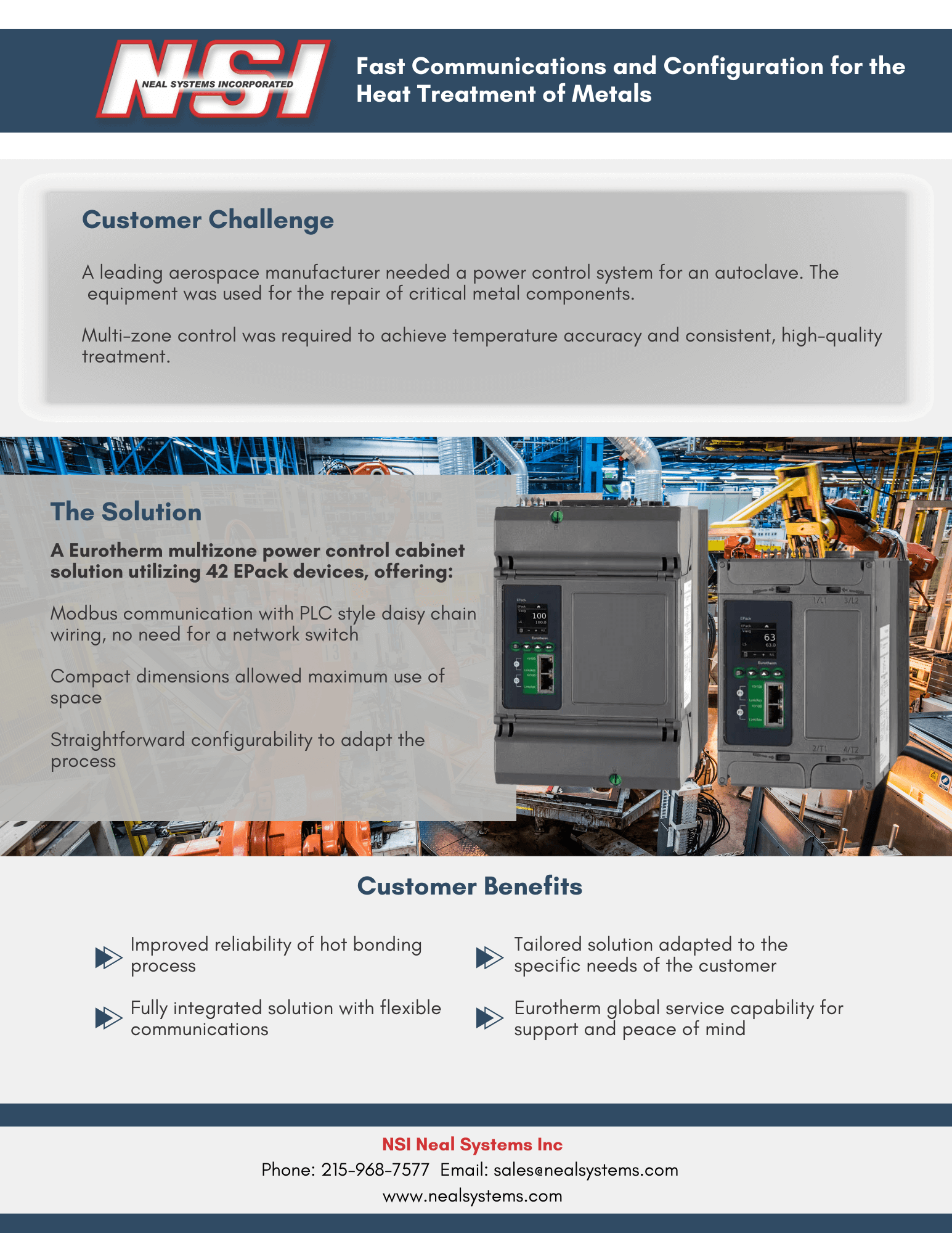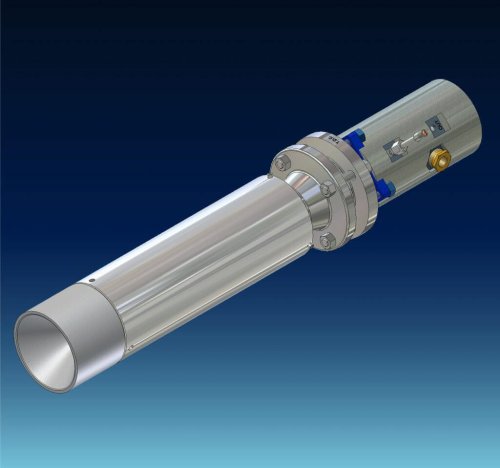Neal Systems Hosts the Vibration Institute at NSI Training Center
March 6, 2024 | Company NewsAre you new to the vibration field and want to gain more expertise? The Vibration Institute vibration analyst certification program is the benchmark and recognized as one of the highest standards of industry knowledge and competence among professionals in the field. This IS THE ONLY vibration analyst certification program accredited by the ANSI National Accreditation Board (ANAB).
There are 4 certification levels with the 1st being category 1. If you’re interested in becoming a category 1 vibration analyst, this course is for you.
Join us at our Newtown Training facility for a 4-day training course with the Vibration Institute. Details of the course are below!
June 3rd-6th
CAT I – Introduction to Machinery Vibration (IMV)
IMV prepares attendees to perform a range of simple machinery vibration condition monitoring and diagnostic activities. It is recommended for individuals as an introduction to machinery vibrations and is partial preparation for the Vibration Analyst Category I Certification Exam. The workshops and demonstrations scheduled throughout the training course are used to illustrate theory and applications. All registered attendees will receive:
- Course Training Manual
- Printed Copy of Course PowerPoints
- Workbook with examples, vibration related questions requiring a solution and 18436-2 Annex A from the Body of Knowledge
- Calculator
- Ruler
- Electronic Certificate of Course Completion
The IMV training is a four-day course and it will begin at 8:00 A.M. and conclude at 5:00 P.M. Monday – Wednesday and 3:00 P.M. on Thursday
IMV Course Content Includes An introduction and background to Vibration; Sources, Uses, Effects, Definitions, Predictive Maintenance, Measurement Concepts, Machines, Basic Analysis, Vibration Sensors and Vibration Instrumentation.
There is a workshop supporting each chapter. The student will test their knowledge and understanding of the material presented for that chapter by completing the workshops during the time allowed in class. The instructor will then review the workshop with the class. The student’s time and understanding of the workshop materials will aid them in their preparation for the certification exam.
Training and Workshops Include:
- Vibration Sources and Use; definitions, units, properties, measurements, motions, time, frequency, and amplitude.
- Basic Machinery Vibration; conversions, analysis, excitation, natural frequencies, resonance and critical speeds.
- Data Collection and Analysis; physical observations, sensors, frequency spans, measures, triggering, sensor mounting, sensor location and instruments.
- Machine Characteristics; fault sources, frequencies, design, function, acceptance testing, fault and condition analysis.
- Vibration Instruments; meters, oscilloscopes, data collectors, analyzers and virtual instruments.
- Vibration Testing; periodic monitoring, data collection, transducer positioning, alarms and reports.
- Basic Analysis; mass unbalance, misalignment, looseness, rolling element bearings, blade pass, vane pass and gear mesh.
- Vibration Severity; bearing housing evaluation, shaft vibration, gears, bearings, charts and graphs.
It is recommended that attendees review the Body of Knowledge found in ISO 18436-2 Annex A, prior to the course.
Course Agenda:
Monday – Wednesday: 8:00 A.M. – 5:00 P.M.
Thursday: 8:00 A.M. – 3:00 P.M.
Optional CAT I Exam: Friday 8:00 A.M. – 10:00 A.M.
Registration Fee:
Member: $1,950
Non-Member: $2,050
Includes Course Materials, Lunch, and Afternoon Break
Optional Certification Exam to be administered the day AFTER the course:
Vibration Analyst Category I: $350
Vibration Analyst Category II: $400
Vibration Analyst Category III: $450
Vibration Analyst Category IV: $500
Balancing Field Specialist Exam: $350






